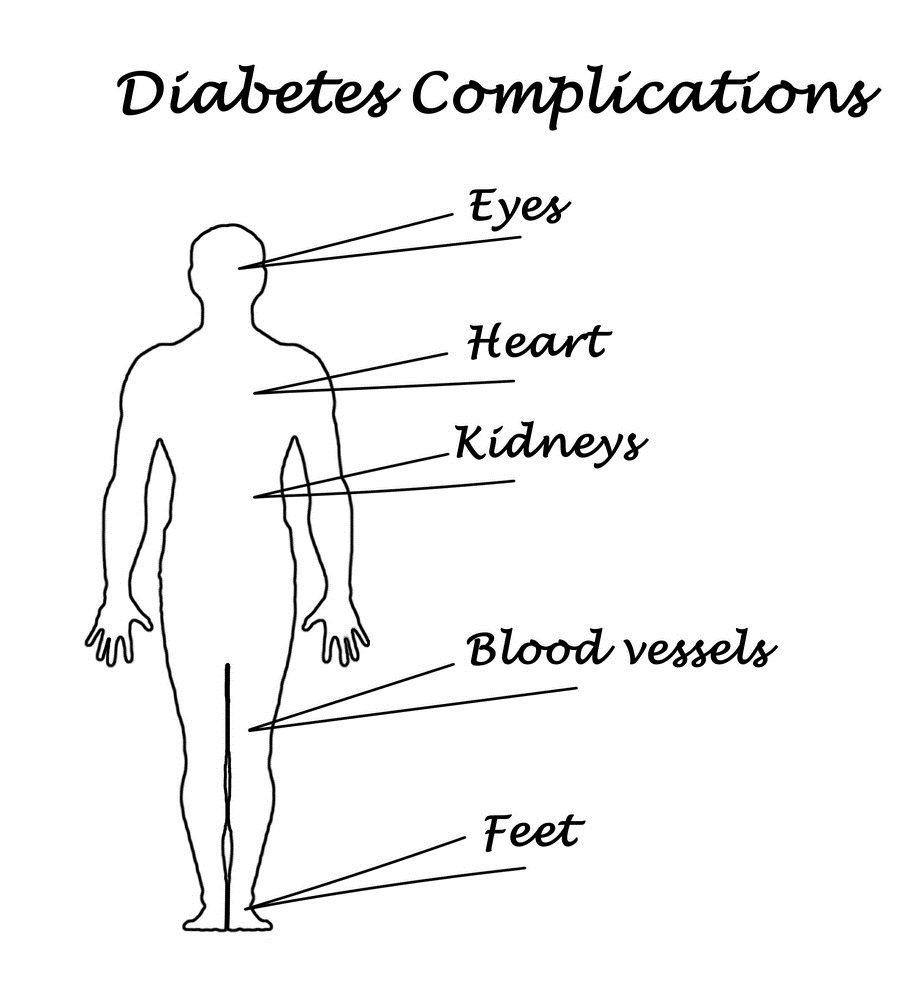

Prevalence rates were highest among middle-aged and older men. However, in another study of a semi-urban sample, the current prevalence of type 2 diabetes mellitus in Nepal was identified as 9.5% with impaired fasting glucose having a prevalence of 19.2%. The prevalence of diabetes in Nepal is estimated to be 436,000 (2%) in 2000 and it is projected to affect 1,328,000 persons (10% prevalence) in 2030. In Nepal, no studies to date have investigated the prevalence of depression and diabetes comorbidity. Risk factors in Bangladesh include being unmarried, insulin use, and poor glycemic control. 22% prevalence in males and 35% prevalence in females. In Bangladesh, prevalence rates of depression among persons living with diabetes ranges from 28-34% with differences by gender, e.g. In Pakistan, history of gestational diabetes mellitus, nuclear family, obesity, marital status, history of smoking and history of high blood pressure were risk factors for depression among type 2 diabetes mellitus patients. In India, depression among persons living with diabetes has been associated with age, obesity, increased pill burden and complications of neuropathy and retinopathy, as well as somatic symptoms among females, and genital symptoms among males. In India, a hospital-based study suggested a prevalence of depression ranging from 8.5% to 32.5% depending upon the scales used. The association of depression and diabetes has been reported in South Asia. Patients with diabetes have lower quality of life ratings, with the greatest quality reduction when depression and diabetes are comorbid. An increased risk of type 2 diabetes in individuals with depression is likely due to increased counter-regulatory hormone release and action, alterations in glucose transport function, and increased immune-inflammatory activation.

Depression in patients with both type 1 and type 2 diabetes is associated with psychosocial stressors of chronic medical condition. Depression is more prevalent among females with diabetes than males with diabetes, patients with type 2 versus type 1 diabetes and those who are treated with insulin. Co-morbid depression among persons living with diabetes is associated with poor markers of diabetes control, such as glycemic control, retinopathy, nephropathy, neuropathy, micro-vascular complications and sexual dysfunction. The bidirectional relationship of diabetes with depression is presented by many studies. In a meta-analysis of 42 published studies comprised of 21,351 adults, the prevalence of major depression in people with diabetes was 11% and the prevalence of clinically relevant depression was 31% (, c.f. Worldwide, the prevalence of mood and anxiety disorders is higher among persons living with diabetes compared to those without diabetes. With prevalence greater than 6% and growing rapidly in South Asia, the expected prevalence increase in India is 171% from 2007 to 2025. In South Asia, greater population-level affluence is associated with an increase in health compromising behaviors related to chronic diseases such as cardiovascular disease, cancer, and diabetes. Diabetes mellitus is a growing public health concern in Asia, where more than 110 million people are living with diabetes, and more than 1.0 million people die annually in the region from the disorder.


 0 kommentar(er)
0 kommentar(er)
